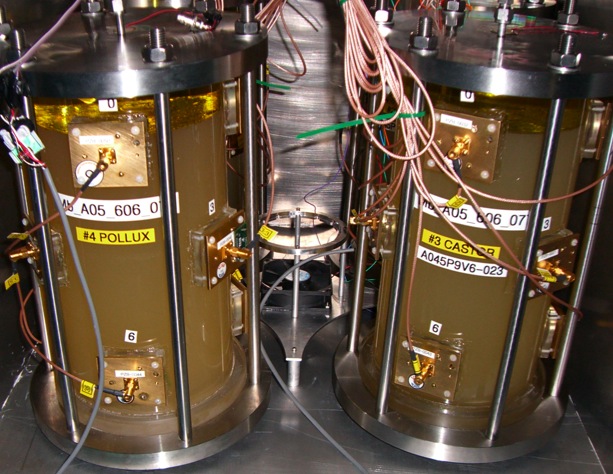
Picasso is a dark matter experiment located at SNOLAB


Picasso keywords:
-
•Dark matter is believed to contribute ~25% of the total mass of the universe.
-
•Currently no direct evidence of these particles has been found.
-
•Supersymmetry theories favored by particle physicists today predict the existence of a stable heavy particle that only interacts weakly. These particles are called WIMPs (weakly interacting massive particles).
-
•PICASSO uses Fluorine as active material. It’s nucleus has a relatively high probability to interact with spin-carrying WIMPs.
-
•To find interactions between normal matter and dark matter particles a detector has to be made with very low radioactivity materials and the experiment has to be shielded from cosmic radiation. The PICASSO experiment is located ~2km underground at SNOLAB.
-
•Picasso uses tiny (200µm) liquid droplets of freon suspended in a gel as active material. The droplets are kept in a superheated state. When a WIMP hits the droplet the freon changes phase to a gaseous bubble. This transition creates a shock wave that is detected by a piezo-electric sensor.
-
•Picasso is a collaboration between Queen’s, Université de Montréal, IUSB South Bend, Laurentian University, and Prague Technical University

Wikipedia Dark Matter



External Links



